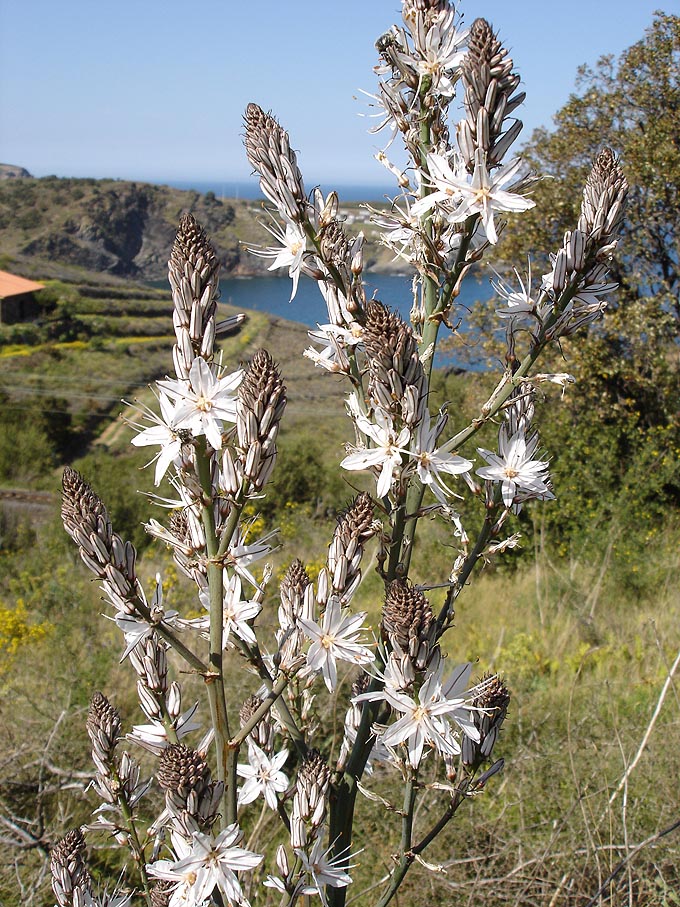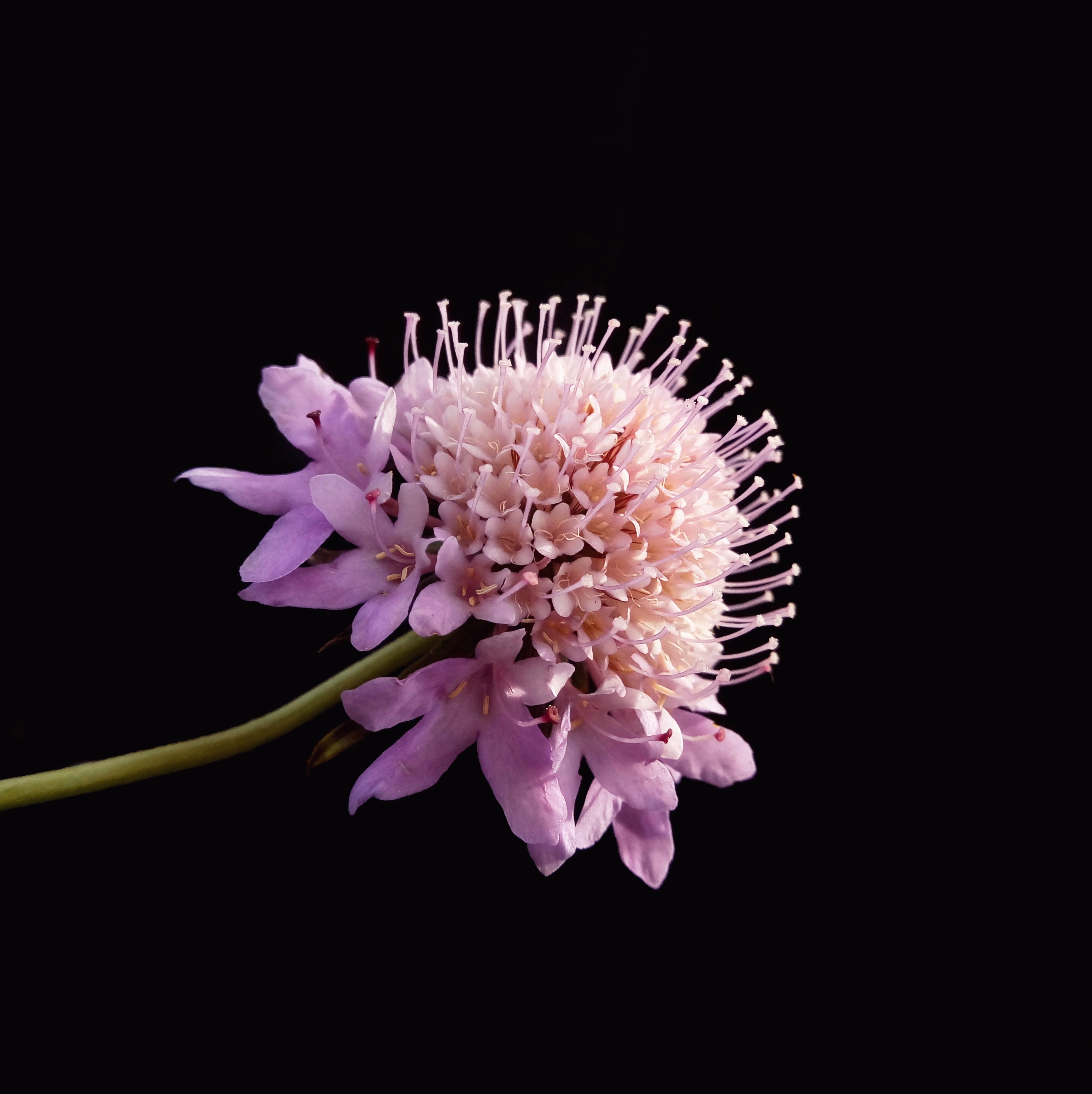|
Hyles Livornica
''Hyles livornica'', the striped hawk-moth, is a moth of the family Sphingidae. Taxonomy and systematics Eugenius Johann Christoph Esper described the striped hawk-moth in 1780 using a specimen found in Italy at Livorno (hence the Latin name ''livornica''). In 1819 Jacob Hübner allocated this species in his newly erected genus ''Hyles''. Until the 20th century ''Hyles livornica'' has been considered conspecific with the American ''Hyles lineata'' and is therefore under that name (or as ''Celerio lineata'' ssp. ''livornica'') found in the older literature. Similar was the case with the ''Hyles livornicoides'', which is prevalent in Australia. ''Hyles renneri'' from Nepal is sometimes treated as a valid species. On the basis of DNA testing it is well established that ''H. livornica'' in its entire Afro-Palaearctic distribution forms a genetic and taxonomic unit. This results in the following relationships among the Palaearctic widespread species of the genus ''Hyles'': Distri ... [...More Info...] [...Related Items...] OR: [Wikipedia] [Google] [Baidu] |
Eugenius Johann Christoph Esper
Eugenius Johann Christoph Esper (2 June 1742 – 27 July 1810) was a German zoologist and naturalist. Born in Wunsiedel in Bavaria, he was professor of zoology at Erlangen university. Life and work Eugen and his brother Friedrich were introduced to natural history at an early age by their father Friedrich Lorenz Esper, an amateur botanist. Encouraged to abandon his theology course by his professor of botany Casimir Christoph Schmidel (1718–1792) Eugen Esper, instead, took instruction in natural history. He obtained his doctorate of philosophy at the university of Erlangen in 1781 with a thesis entitled ''De varietatibus specierum in naturale productis''. The following year, he started to teach at the university initially as extraordinary professor, a poorly paid position, then in 1797 as the professor of philosophy. He directed the department of natural history in Erlangen from 1805. Thanks to him the university collections of minerals, birds, plants, shells and insects ... [...More Info...] [...Related Items...] OR: [Wikipedia] [Google] [Baidu] |
Gossypium
''Gossypium'' () is a genus of flowering plants in the tribe Gossypieae of the mallow family, Malvaceae, from which cotton is harvested. It is native to tropical and subtropical regions of the Old and New Worlds. There are about 50 ''Gossypium'' species, making it the largest genus in the tribe Gossypieae, and new species continue to be discovered. The name of the genus is derived from the Arabic word ''goz'', which refers to a soft substance. Cotton is the primary natural fibre used by humans today, amounting to about 80% of world natural fibre production. Where cotton is cultivated, it is a major oilseed crop and a main protein source for animal feed. Cotton is thus of great importance for agriculture, industry and trade, especially for tropical and subtropical countries in Africa, South America and Asia. Consequently, the genus ''Gossypium'' has long attracted the attention of scientists. The origin of the genus ''Gossypium'' is dated to around 5–10 million years a ... [...More Info...] [...Related Items...] OR: [Wikipedia] [Google] [Baidu] |
Hyles (moth)
''Hyles'' is a genus of moths in the family Sphingidae. Species *'' H. annei'' ( Guerin-Meneville, 1839) *'' H. apocyni'' (Shchetkin, 1956) *'' H. biguttata'' (Walker, 1856) *'' H. calida'' (Butler, 1856) *'' H. centralasiae'' ( Staudinger, 1887) *'' H. chamyla'' (Denso, 1913) *'' H. churkini'' Saldaitis & Ivinskis, 2006 *'' H. chuvilini'' Eitschberger, Danner & Surholt, 1998 *'' H. costata'' (von Nordmann, 1851) *'' H. cretica'' Eitschberger, Danner & Surholt, 1998 *'' H. dahlii'' (Geyer, 1828) *'' H. euphorbiae'' (Linnaeus, 1758) *'' H. euphorbiarum'' ( Guerin-Meneville & Percheron, 1835) *'' H. gallii'' ( Rottemburg, 1775) *'' H. hippophaes'' ( Esper, 1789) *'' H. lineata'' ( Fabricius, 1775) *'' H. livornica'' ( Esper, 1780) *'' H. livornicoides'' (Lucas, 1892) *'' H. malgassica'' (Denso, 1944) *'' H. nervosa'' Rothschild & Jordan, 1903 *'' H. nicaea'' (von Prunner, 1798) *'' H. perkinsi'' (Swezey, 1920) *'' H. renneri'' Eitschberger, Danner & Surholt, 1998 *'' H. robertsi'' ... [...More Info...] [...Related Items...] OR: [Wikipedia] [Google] [Baidu] |
Lepidoptera Migration
Many populations of Lepidoptera (butterflies or moths) migrate, sometimes long distances, to and from areas which are only suitable for part of the year. Lepidopterans migrate on all continents except Antarctica, including from or within subtropical and tropical areas. By migrating, these species can avoid unfavorable circumstances, including weather, food shortage, or over-population. In some lepidopteran species, all individuals migrate; in others, only some migrate. The best-known lepidopteran migration is that of the eastern population of the monarch butterfly which migrates from southern Canada to wintering sites in central Mexico. In late winter/early spring, the adult monarchs leave the Transvolcanic mountain range in Mexico for a more northern climate. Mating occurs and the females begin seeking out milkweed to lay their eggs, usually first in northern Mexico and southern Texas. The caterpillars hatch and develop into adults that move north, where more offspring can go ... [...More Info...] [...Related Items...] OR: [Wikipedia] [Google] [Baidu] |
Lantana
''Lantana'' () is a genus of about 150 species of perennial flowering plants in the verbena family, Verbenaceae. They are native to tropical regions of the Americas and Africa but exist as an introduced species in numerous areas, especially in the Australian-Pacific region, South and Northeastern part of India. The genus includes both herbaceous plants and shrubs growing to tall. Their common names are shrub verbenas or lantanas. The generic name originated in Late Latin, where it refers to the unrelated ''Viburnum lantana''. Lantana's aromatic flower clusters (called umbels) are a mix of red, orange, yellow, or blue and white florets. Other colors exist as new varieties are being selected. The flowers typically change color as they mature, resulting in inflorescences that are two- or three-colored. "Wild lantanas" are plants of the unrelated genus ''Abronia'', usually called "sand-verbenas". Ecology Some species are invasive, and are considered to be noxious weeds, such a ... [...More Info...] [...Related Items...] OR: [Wikipedia] [Google] [Baidu] |
Asphodelus
''Asphodelus'' is a genus of mainly perennial flowering plants in the asphodel family Asphodelaceae that was first described by Carl Linnaeus in 1753. The genus was formerly included in the lily family (Liliaceae). The genus is native to temperate Europe, the Mediterranean, Africa, the Middle East, and the Indian Subcontinent, and some species have been introduced to, and are now naturalized in, other places such as New Zealand, Australia, Mexico and southwestern United States. Many asphodels are popular garden plants, which grow in well-drained soils with abundant natural light. Character The plants are hardy herbaceous perennials with narrow tufted radical leaves and an elongated stem bearing a handsome spike of white or yellow flowers. ''Asphodelus albus'' and '' A. fistulosus'' have white flowers and grow from high; '' A. ramosus'' is a larger plant, the large white flowers of which have a reddish-brown line in the middle of each segment. Etymology The genus name is derived ... [...More Info...] [...Related Items...] OR: [Wikipedia] [Google] [Baidu] |
Fuchsia
''Fuchsia'' () is a genus of flowering plants that consists mostly of shrubs or small trees. The first to be scientifically described, '' Fuchsia triphylla'', was discovered on the Caribbean island of Hispaniola (Haiti and the Dominican Republic) about 1696–1697 by the French Minim monk and botanist, Charles Plumier, during his third expedition to the Greater Antilles. He named the new genus after German botanist Leonhart Fuchs (1501–1566). Taxonomy The fuchsias are most closely related to the northern hemisphere genus '' Circaea'', the two lineages having diverged around 41 million years ago. Description Almost 110 species of ''Fuchsia'' are recognized; the vast majority are native to South America, but a few occur north through Central America to Mexico, and also several from New Zealand to Tahiti. One species, '' F. magellanica'', extends as far as the southern tip of South America, occurring on Tierra del Fuego in the cool temperate zone, but the majority are tro ... [...More Info...] [...Related Items...] OR: [Wikipedia] [Google] [Baidu] |
Linum
''Linum'' (flax) is a genus of approximately 200 species''Linum''. The Jepson Manual. in the family . They are native to and regions of the world. The genus includes the common flax (''L. usitatissimum''), the |
Scabiosa
''Scabiosa'' is a genus in the honeysuckle family (Caprifoliaceae) of flowering plants. Many of the species in this genus have common names that include the word scabious, but some plants commonly known as scabious are currently classified in related genera such as ''Knautia'' and '' Succisa''; at least some of these were formerly placed in ''Scabiosa''. Another common name for members of this genus is pincushion flowers. Etymology The common name 'scabious' comes the Latin word ''scabiosus'' meaning 'mangy, rough or itchy' which refers to the herb's traditional usage as a folk medicine to treat scabies, an illness that causes a severe itching sensation. Description Some species of ''Scabiosa'' are annuals, others perennials. Some are herbaceous plants; others have woody rootstocks. The leaves of most species are somewhat hairy and partly divided into lobes, but a few are smooth and some species have simple leaves. The flowers are borne on inflorescences in the form of heads ... [...More Info...] [...Related Items...] OR: [Wikipedia] [Google] [Baidu] |
Antirrhinum
''Antirrhinum'' is a genus of plants commonly known as dragon flowers, snapdragons and dog flower because of the flowers' fancied resemblance to the face of a dragon that opens and closes its mouth when laterally squeezed. They are native to rocky areas of Europe, the United States, Canada, and North Africa. It is widely used as an ornamental plant in borders and as a cut flower. Description The Antirrhinum is morphologically diverse, particularly the New World group (''Saerorhinum''). The genus is characterized by personate flowers with an inferior gibbous corolla. Taxonomy ''Antirrhinum'' used to be treated within the family Scrophulariaceae, but studies of DNA sequences have led to its inclusion in a vastly enlarged family Plantaginaceae, within the tribe Antirrhineae. Circumscription The taxonomy of this genus is complex and not yet fully resolved at present. In particular the exact circumscription of the genus, especially the inclusion of the New World species (Sa ... [...More Info...] [...Related Items...] OR: [Wikipedia] [Google] [Baidu] |
Epilobium
''Epilobium'' is a genus of flowering plants in the family Onagraceae, containing about 197 species. The genus has a worldwide distribution. It is most prevalent in the subarctic, temperate and subantarctic regions, whereas in the subtropics and tropics ''Epilobium'' species are restricted to the cool montane biomes, such as the New Guinea Highlands. The taxonomy of the genus has varied between different botanists, but the modern trend is to include the previously recognised genera ''Boisduvalia, Pyrogennema'' and ''Zauschneria'' within ''Epilobium''. ''Chamaenerion'', (previously ''Chamerion''), is considered distinct, however,Wagner & Hoch 009a,b/ref> according to Peter H. Raven, who has extensively studied the willowherbs and merges the other segregate genera into ''Epilobium''. Fringed willowherb (''Epilobium ciliatum'') is likely a cryptic species complex; apparently these plants also commonly hybridize with their congeners. Most species are known by the common name willow ... [...More Info...] [...Related Items...] OR: [Wikipedia] [Google] [Baidu] |
Linaria
''Linaria'' is a genus of almost 200 species of flowering plants, one of several related groups commonly called toadflax. They are annuals and herbaceous perennials, and the largest genus in the Antirrhineae tribe of the plantain family Plantaginaceae. Taxonomy ''Linaria'' was traditionally placed in the family Scrophulariaceae. Phylogenetic analysis has now placed it in the vastly expanded family Plantaginaceae. Closely related genera include '' Nuttallanthus'' (American toadflaxes, recently split from ''Linaria''), ''Antirrhinum'' (snapdragons) and ''Cymbalaria'' (ivy-leaved toadflaxes). Cultivation Several ''Linaria'' species are cultivated as garden plants, and some are regarded as having a weedy habit. *Common toadflax or butter-and-eggs (''Linaria vulgaris''), a European species which is widely introduced elsewhere and grows as a common weed in some areas. *Broomleaf toadflax or Dalmatian toadflax ('' Linaria genistifolia'', syn. ''L. dalmatica''), a native of southe ... [...More Info...] [...Related Items...] OR: [Wikipedia] [Google] [Baidu] |







